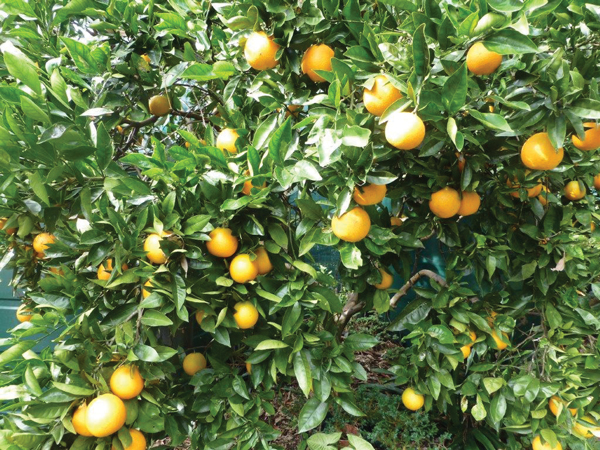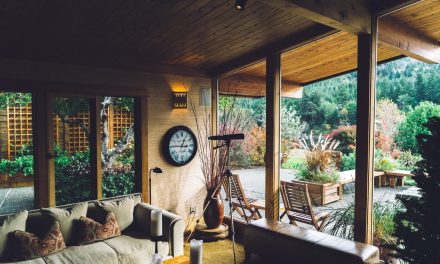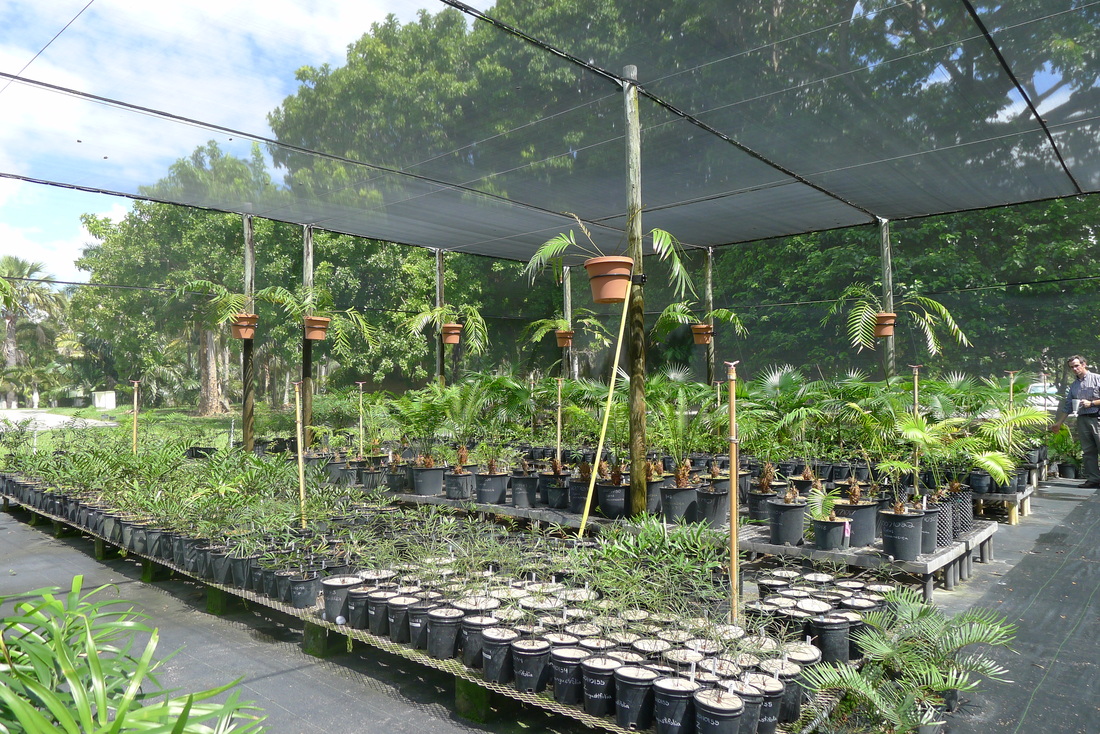Grevilleas
Grevilleas are the perfect solution to fixing a bare looking lawn. Grevellea sericea, the pink spider flower, grows to about 1.5m high and has white to pink terminal flowers most of the year with an extra flush at the end of winter. Set it in a well-drained bed in the middle of the lawn where it can get full sun and Grevillea sericea will put on an excellent show most of the year.
Grape vines
Your ornamental grape vine will be looking pretty bare at this time of the year but it won’t be long before the buds start to shoot up. It is time to get in and do some preventative maintenance. Prune out any dead wood but don’t cut into the green wood. Cut away any dead leaves. If you have a fruiting variety of grapevine, you will need to prune last year’s growth back to about three buds.
Tibouchina
July is when the cold starts to bite and if you have Tibouchina, a tropical plant, in your garden then there is a chance it could be burnt by the frost. If it is not too big you can throw a cover over it when those crystal clear nights come around. If frost still reaches it, leave the dead branches on the tree as they will help to protect it. They can be removed in the spring when things warm up.
Citrus
Leaf miners can take quite cool temperatures so if the winter does not get really cold, they will continue to tunnel into the leaves of your citrus. Keep your eyes open in case this is quietly going on in your garden. If you find signs that the pests are still at work, spray with either Pest Oil or Eco Oil. They are particularly prevalent on the new growth, which will start to happen when things warm up.
Roses
Winter is pruning time for weeping standard roses, many people prune them back too hard and are left unhappy results. Weeping standards should only have about a quarter of the old hard wood pruned back to the main trunk each year. If the weeping stems have reached the ground just trim the ends off so they have a good ground clearance and can swing freely in the breeze
By Hugh Meyers












